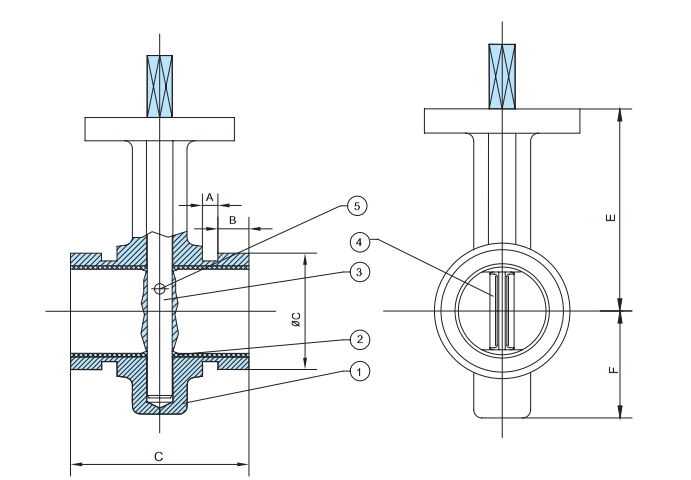11 月 . 01, 2024 14:24 Back to list
Exploring the Benefits and Applications of Single Wire Cable Technology
Understanding Single Wire Cables Functionality and Applications
Single wire cables have emerged as a vital component in various electrical applications, primarily due to their simplicity and efficiency. These cables consist of a single conductor, which can be made of different materials, with copper and aluminum being the most common. The choice of material typically depends on factors such as conductivity, flexibility, and cost.
One of the primary advantages of single wire cables is their ease of installation. Their design makes them lightweight and straightforward to handle, allowing for efficient routing in tight spaces. This characteristic is especially crucial in applications where space and weight constraints are significant, such as in automotive wiring or aerospace systems.
In terms of functionality, single wire cables are often utilized for low-voltage applications. Their simplicity makes them ideal for connecting electrical devices in both residential and industrial setups. For instance, they are commonly used in lighting circuits, small appliance connections, and general wiring in homes. Their ability to carry current effectively while maintaining flexibility makes them a popular choice among electricians.
single wire cable

Single wire cables can also be found in specialized applications. For example, they are frequently used in the telecommunications sector where efficient signal transmission is necessary. They serve as connections within devices, transmitting data over short distances without significant loss of signal integrity. Additionally, industries that require high-frequency signals, such as audio-visual setups, often rely on single wire cables for their effectiveness in reducing electromagnetic interference.
Moreover, the insulation material used in single wire cables plays a critical role in their performance. High-quality insulation protects against external factors, such as moisture and abrasion, ensuring the longevity and reliability of the cable. Common insulation types include PVC, rubber, and polyethylene, each offering different levels of durability and flexibility to suit various environments.
Despite their advantages, it is essential to note the limitations of single wire cables. For instance, in high-power applications, multiple wires are often bundled together to manage the greater current load safely. This can sometimes lead to complexity in installation and maintenance.
In conclusion, single wire cables are indispensable in modern electrical and telecommunications systems. Their lightweight design, ease of installation, and versatility make them suitable for various applications, from residential wiring to specialized industrial uses. As technology evolves, the demand for efficient and reliable connections continues to grow, ensuring that the importance of single wire cables will endure.
Share
-
Understanding the Differences Between Wafer Type Butterfly Valve and Lugged Butterfly ValveNewsOct.25,2024
-
The Efficiency of Wafer Type Butterfly Valve and Lugged Butterfly ValveNewsOct.25,2024
-
The Ultimate Guide to Industrial Swing Check Valve: Performance, Installation, and MaintenanceNewsOct.25,2024
-
Superior Performance with Industrial Swing Check Valve: The Essential Valve for Any SystemNewsOct.25,2024
-
Industrial Swing Check Valve: The Ideal Solution for Flow ControlNewsOct.25,2024
-
You Need to Know About Industrial Swing Check Valve: Functionality, Scope, and PerformanceNewsOct.25,2024